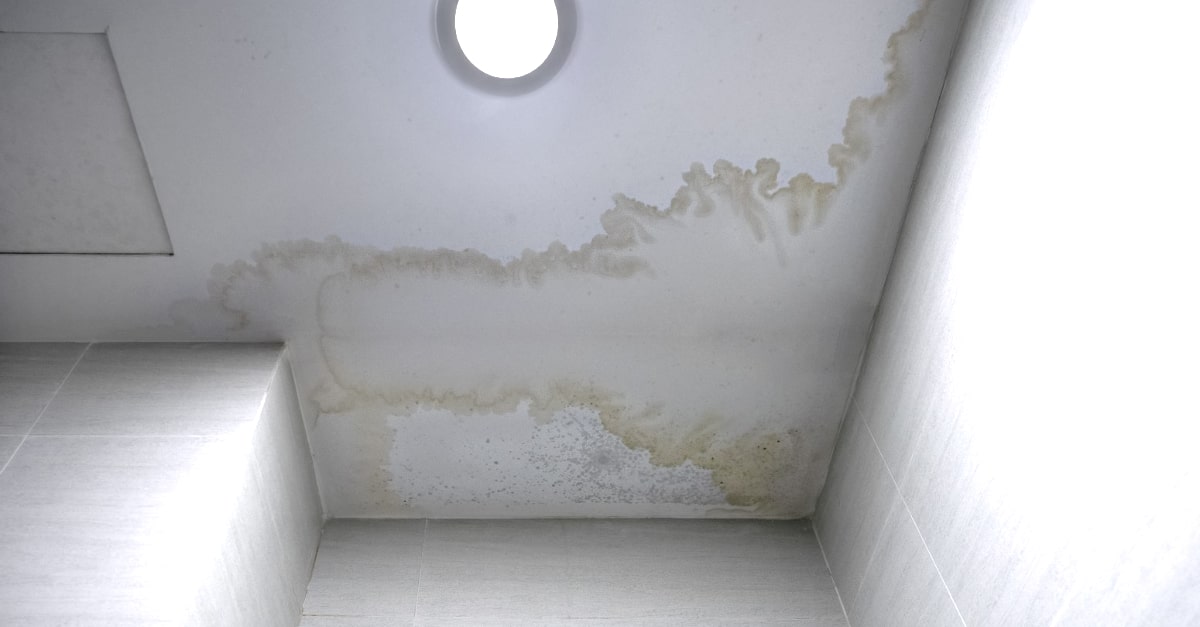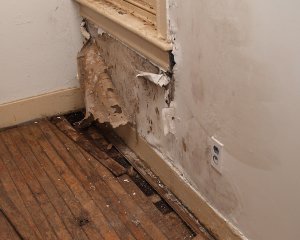Learn About the Six Most Reasons For Water Seepage in Your House
Learn About the Six Most Reasons For Water Seepage in Your House
Blog Article
What are your thoughts concerning How to detect water leaks in your home?

Leakages not just trigger waste of water but can also create unnecessary damage to your home and advertise undesirable natural development. Water leaks could go unnoticed considering that most of the pipework in our residence is concealed. By looking as well as comprehending for day-to-day circumstances that trigger leakages, you can shield your home from future leaks and also unnecessary damages. Today, we will take a look at 6 leakage causes that might be causing your pipelines to leak.
Encroaching roots
A lot of water leakages start outside the residence instead than inside it. You might see wet patches or sinkholes in your backyard, and that could indicate that tree roots are attacking water lines causing water to seep out.
Rusty water systems
As time goes by, your plumbing system ages and also deterioration such as corrosion may start eating away the pipelines. This may be the cause of staining or bending on your water pipes. This asks for an evaluation with your plumber right away. If our plumbing system is old, consider changing the pipes since they are at a higher threat of rust than the newer models.
Malfunctioning Pipeline Joints
The factor at which your pipelines connect is regularly the weakest link in the waterline. Pipeline joints can wear away in time, resulting in water leakages. The majority of pipe joints are not conveniently noticeable. If you have noisy pipes that make ticking or banging noises, specifically when the hot water is activated, your pipeline joints are most likely under a lot of pressure. It is recommended to have your plumber inspect your system yearly.
Instantaneous temperature changes.
Extreme temperature modifications in our pipes can create them to increase as well as contract unexpectedly. This growth and contraction may trigger fractures in the pipelines, specifically if the temperature are listed below freezing.
Poor Water Connectors
At times, a leakage can be caused by loosened tubes and pipelines that supply your devices. In instance of a water connections leak, you might observe water running straight from the supply line or puddles around your home appliances.
Obstructed Drains
Blocked drains pipes might be bothersome and also inconveniencing, however they can often wind up triggering an overflow leading to burst pipelines. Maintain getting rid of any kind of products that may go down your drains pipes that can obstruct them to stay clear of such hassles.
All the above are sources of leaks but not all water leakages arise from plumbing leakages; some leaks might come from roof covering leakages. All leaks should be fixed immediately to avoid water damage.
Leakages not just create waste of water but can additionally create unnecessary damage to your house as well as advertise undesirable natural growth. By comprehending as well as looking for everyday circumstances that trigger leaks, you can safeguard your residence from future leakages and unnecessary damages. Today, we will certainly look at 6 leakage causes that might be causing your pipelines to drip.
At times, a leakage can be caused by loose hoses and pipelines that provide your devices. In instance of a water connections leakage, you might see water running directly from the supply line or pools around your devices.
How To Check For Water Leak In Your Home
How To Check for Leaks
The average household's leaks can account for nearly 10,000 gallons of water wasted every year and ten percent of homes have leaks that waste 90 gallons or more per day. Common types of leaks found in the home are worn toilet flappers, dripping faucets, and other leaking valves. These types of leaks are often easy to fix, requiring only a few tools and hardware that can pay for themselves in water savings. Fixing easily corrected household water leaks can save homeowners about 10 percent on their water bills.
To check for leaks in your home, you first need to determine whether you're wasting water and then identify the source of the leak. Here are some tips for finding leaks:
Take a look at your water usage during a colder month, such as January or February. If a family of four exceeds 12,000 gallons per month, there are serious leaks.
Check your water meter before and after a two-hour period when no water is being used. If the meter changes at all, you probably have a leak.
Identify toilet leaks by placing a drop of food coloring in the toilet tank. If any color shows up in the bowl after 10 minutes, you have a leak. (Be sure to flush immediately after the experiment to avoid staining the tank.)
Examine faucet gaskets and pipe fittings for any water on the outside of the pipe to check for surface leaks.
Undetected water leaks can happen without the home or business owner even realizing. If you suspect a water leak, but not able to find the source. It is time to contact a professional water leak detection service, The Leak Doctor.
How To Find a Water Leak In Your Home
https://www.leakdoctor.com/blog/How-To-Check-For-Water-Leak-In-Your-Home_AE197.html

We were introduced to that editorial about How to Find Water Leaks from someone on a different website. Do you know about somebody who is truly interested in Top Causes of Home Water Leaks? Take a moment to share it. Thank-you for taking the time to read it.
Affordable? Call now! Report this page